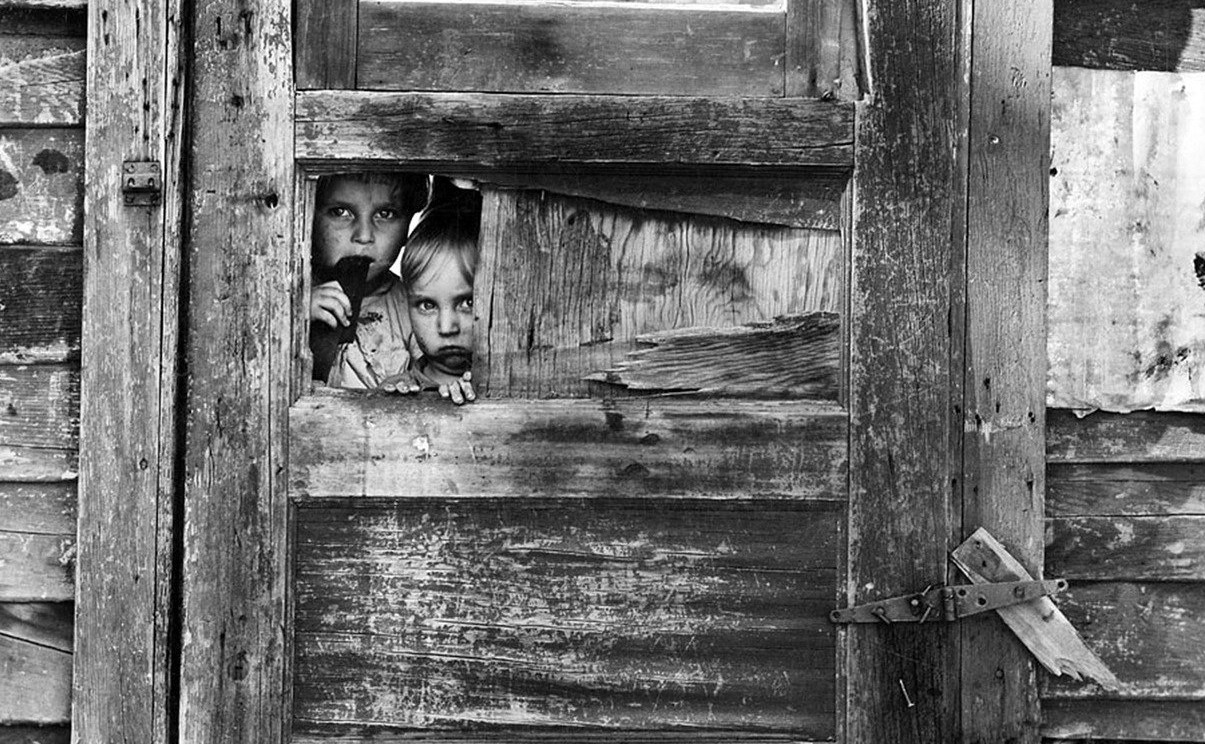
By Joy Campbell, special to Statehouse Report | In fiscal year 2020-21, the state of South Carolina expects to have a $2 billion surplus and our policymakers face political challenges in determining priorities for the use of those funds. Unfortunately, some issues and agencies often have a tough time gaining their attention.

The agencies that serve children don’t get what they need because they lack the powerful lobbying interests that others enjoy. Children don’t contribute to political coffers or go to the polls. Therefore advocates and social services agencies voices are drowned and children’s needs are subverted by the voices of well-funded special interest groups with powerful constituencies and capital to expend.
South Carolina has lingered at or near the bottom of national rankings on child well-being every year since the first Kids Count report was released in 1990. With the exception of a 71 percent drop in teen births that has saved our state an estimated $6 billion, no other indicator has seen a remarkable improvement. Yet, even after 30 years of data indicating our failure to address the needs of children, we continue to ignore the simple fact that we can’t continue to grow the economy of South Carolina without first breaking the cycle of poverty and preparing all children to be the workforce of tomorrow.
The Kids Count report addresses four key areas of concern and ranks each state accordingly. This is the current state of S.C.’s children:
ECONOMIC WELL BEING: Rank 48: children in poverty (245,000, or 23 percent); children whose parents lack secure employment (331,000 or 30 percent); children living in households with a high housing cost burden (308,000 or 28 percent); teens not in school and not working (19,000).
EDUCATION: Rank 42: Young children (ages 3 and 4) not in school (62,000, or 53 percent); fourth graders not proficient in reading (71 percent); eighth graders not proficient in math (74 percent).
HEALTH: Rank 38: Low birthweight babies (5,506, or 9.7 percent); children without health insurance (60,000, or 5 percent); child and teen deaths (391, or 33 percent); teens who abuse alcohol or drugs (15,000, 4 percent).
FAMILY AND COMMUNITY: Rank 37: children in single parent homes (417,000, or 40 percent); children in families where the household head lacks a high school diploma (18,000/ 11%); children living in high poverty areas (130,000, or 12 percent); and teen births (3,408 or a rate of 22 per 1,000).
Children living in poverty represent a significant portion of our future workforce. Healthy and adequately educated, these children within two to 16 years could all become healthy, productive citizens who will contribute to the state’s tax base and economic growth.
Furthermore, there’s a compelling residual benefit of investing now: children who see no hope for a prosperous future are much more likely to end up in the state Department of Juvenile Justice (DJJ), the S.C. Department of Corrections or addicted to drugs and/or alcohol. The need for state services would be decidedly reduced in the long run if we exercised foresight and implemented proven, effective prevention strategies to support children in staying healthy, getting through school and into self-sustaining careers. We can break the cycle of poverty now or it will continue to perpetuate.
This is an economic issue of gargantuan proportions that negatively impacts us all. Our state is one of the 10 poorest in the nation. Therefore, it would behoove cost-conscious, business-minded policymakers to pay attention to the voices who speak for kids. We can either heed their recommendations, invest now and reap the benefits or we will pay exponentially. When children don’t get what they need to help them succeed, our businesses, our state and taxpayers ultimately suffer the consequences. And the costs of ignoring the obvious are escalating every year that our leaders delay.
Joy Campbell of Columbia has served as a children’s advocate in nonprofit executive leadership for 27 years. She founded the S.C. Campaign to Prevent Teen Pregnancy that, with state support, has reduced teen birth rates by 71 percent.















 We Can Do Better, South Carolina!
We Can Do Better, South Carolina!
Gov,
Rather than sending me $50 that buys a middle of the road dinner for two, invest the surplus in meaningful acts that have big paybacks that can make a difference over the long term. Forget the spoils approach. Develop investment criteria, get wise people to make suggestions and commission panels to score them.
Thank you for this article. I am retired educator with over 40 years experience teaching special education and serving as a school district Attendance Supervisor. I have had an opportunity to serve on numerous local county and SC State Agency Boards.
It is tragic that the State of SC makes no effort to require state agency Accountability. There is no Technology System in this state to document a “Case Management” approach for inner agency networking. Observing “Best Practices” is a foreign term in South Carolina….criminal indeed! The Annie Casey Kids Count stats for SC are embarrassing. Early intervention is critical. How can it be almost 2020 without a accountable plan for ensuring and implementing ACCOUNTABILITY? EVERY State Agency charged with providing services to children and families needs to show a PHYSICAL PRESENCE in our Schools Daily. Improvement for the “well being” of our children and their education should be of the Highest Priority for all citizens, politicans, legislators, and agencies. PAY NOW OR PAY
LATER . We must DEMAND DOCUMENTED NETWORKING FOR ACCOUNTABILITY.